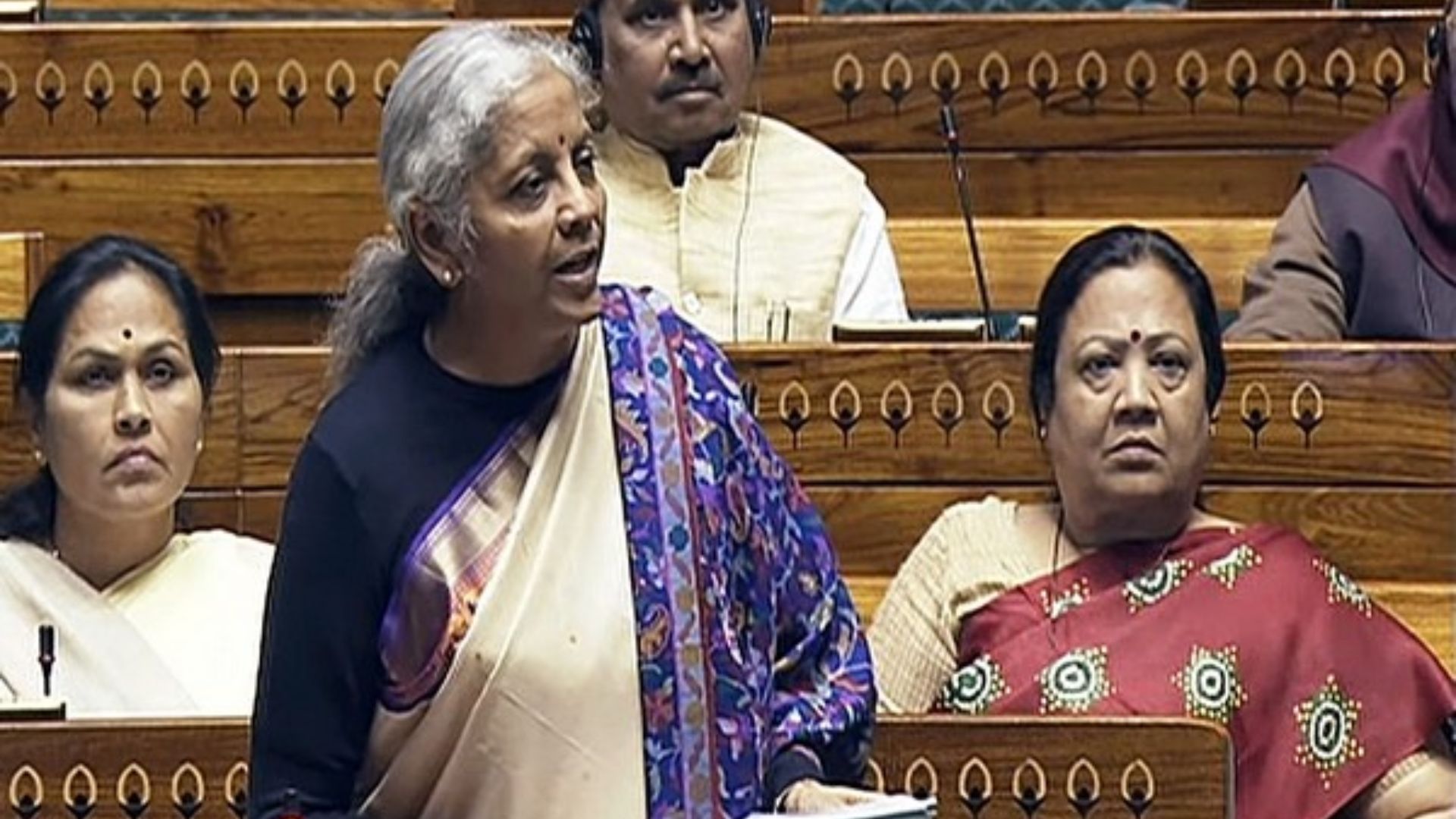

The Union Finance Minister, Nirmala Sitharaman, has tabled a “White Paper” that compares the economic management of the UPA government, led by the Congress party, with that of the Bharatiya Janata Party, and it is expected to spark turbulent scenes in the Lok Sabha on Friday. The Union Finance Minister will move, “That this House do consider the White Paper on the Indian Economy and its impact on lives of the people of India,” in accordance with the Lower House’s daily schedule of business.
The banking crisis was one of the most significant and notorious consequences of the UPA government, according to the nearly 60-page White Paper, which Sitharaman introduced in the Lok Sabha and Rajya Sabha on Thursday. It claimed that the previous BJP-led NDA government had set a solid foundation, which the UPA government failed to build upon and abandoned reforms after taking office in 2004. The rapid economic growth that occurred between 2004 and 2008 was attributed, in large part, to the “lagged effects” of the Atal Bihari Vajpayee-led NDA government’s reforms.
“The UPA leadership, which seldom fails to take credit for the 1991 reforms, abandoned them after coming to power in 2004. Even as the country was standing at the cusp of emerging as a powerful economy, little was done by the UPA government to build upon the strong foundation laid by the previous NDA government….
“In the years between 2004 and 2008, the economy grew fast, thanks to the lagged effects of the reforms of the NDA government and favourable global conditions. The UPA government took credit for the high growth but did little to consolidate it. The failure to take advantage of the years of high growth to strengthen the budget position of the government and invest in infrastructure to boost future growth prospects stood exposed,” the White Paper said.
It charged political meddling by the UPA government in public sector banks’ commercial lending decisions.
“The banking crisis was one of the most important and infamous legacies of the UPA government. When the Vajpayee-led NDA government took office, the Gross Non-Performing Assets (GNPA) ratio in Public Sector banks was 16.0 per cent, and when they left office, it was 7.8 per cent. In September 2013, this ratio, including restructured loans, had climbed to 12.3 per cent largely because of political interference by the UPA government in the commercial lending decisions of public sector banks. Worse, even that high percentage of bad debts was an underestimate.”
The bill allows non-Muslims to be appointed as Waqf Board CEOs, mandates at least two…
Amid speculations about the CPM leaving the Opposition alliance, INDIA Bloc, Karat dismissed such claims.…
Authorities seized the platform in a major crackdown, identifying nearly 1,400 suspects and arresting 79,…
Gopi further revealed that his name was intentionally removed from the film’s thank-you card during…
Preliminary investigations suggest that the toxic fumes were likely due to the accumulation of gases…
WTO Director-General Ngozi Okonjo-Iweala said on Thursday that the organization is closely monitoring the impact…